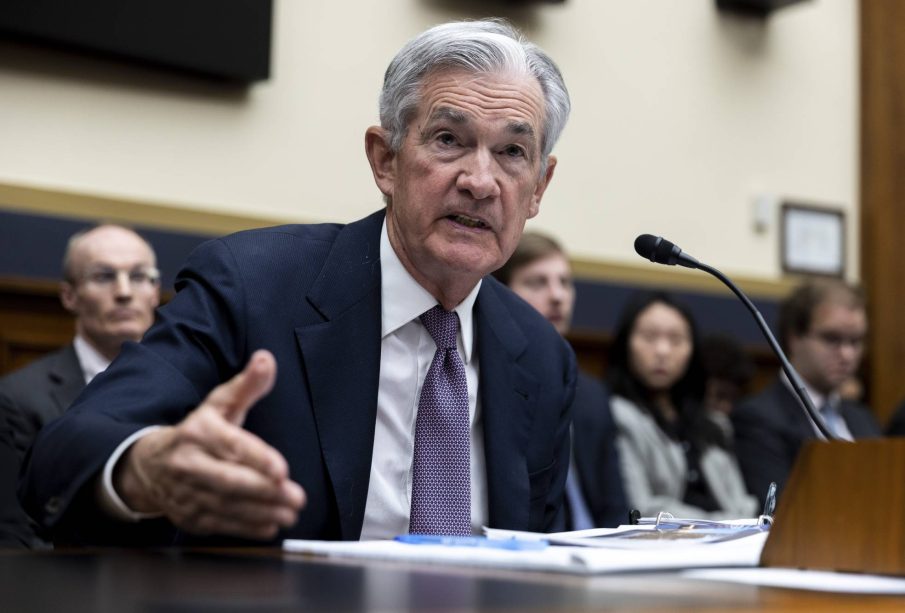Understanding Jerome Powell’s Role and Influence

Introduction
Jerome Powell, the Chair of the Federal Reserve, is a pivotal figure in global finance, especially in the wake of the economic disruptions caused by the COVID-19 pandemic. His decisions on interest rates and monetary policy not only affect the United States economy but also have significant implications for economies around the world, including Canada. Understanding Powell’s actions and the resulting economic landscape is crucial for investors, policymakers, and citizens alike.
Current Developments
Since taking office in 2018, Powell has navigated numerous challenges, but his recent tenure has been marked by unprecedented conditions. As the world slowly emerges from the pandemic, Powell has had to balance the dual mandate of promoting maximum employment while maintaining price stability. Following a period of historically low interest rates to support the economy, Powell’s focus has shifted in 2023 towards tackling rising inflation levels, which reached nearly 9% earlier this year.
In a recent meeting, Powell indicated that the Federal Reserve would implement a series of incremental interest rate hikes in an effort to cool inflation without triggering a recession. The Fed’s commitment to curbing inflation has been supported by substantial job growth and a resilient labor market, yet Powell remains cautious. His comments about potential risks of over-tightening monetary policy reflect an awareness of the delicate balance the Fed must maintain.
Canadian Economic Context
The implications of Powell’s policies are particularly relevant for the Canadian economy, given the interconnected nature of North American markets. The Bank of Canada closely monitors the Fed’s moves, as they impact exchange rates, trade balances, and overall economic health. A stronger U.S. dollar due to higher interest rates can create challenges for Canadian exports, making them more expensive in American markets.
Moreover, investors in Canada are observing the U.S. markets for cues on the potential direction of Canadian interest rates. As the Fed raises rates, Canadian investors may expect similar movements from the Bank of Canada to maintain economic competitiveness.
Conclusion
Jerome Powell’s leadership of the Federal Reserve comes at a crucial time, as monetary policy decisions not only influence the U.S. economy but reverberate through global markets. His recent focus on combating inflation while fostering job growth has created a complex economic landscape that requires careful observation. For readers, understanding Powell’s actions and their implications can provide insights into the direction of the economy as we move forward, making it essential for individuals and businesses to stay informed and prepared for potential shifts in the economic climate.









